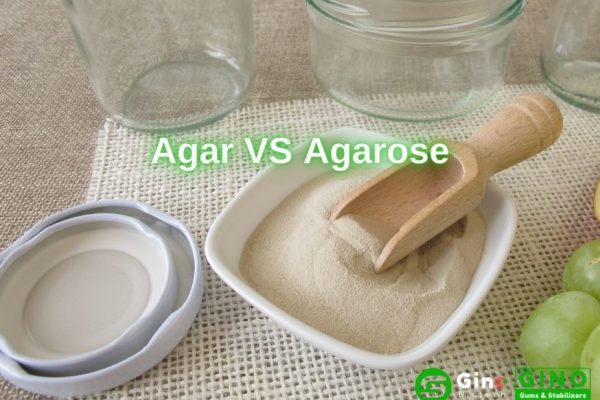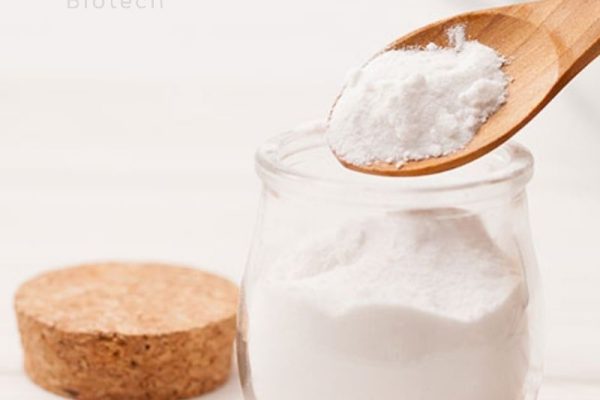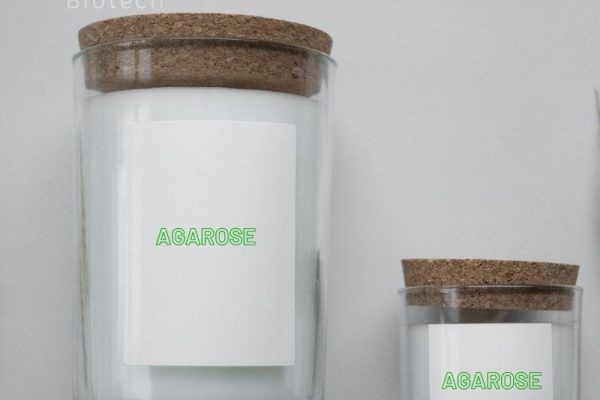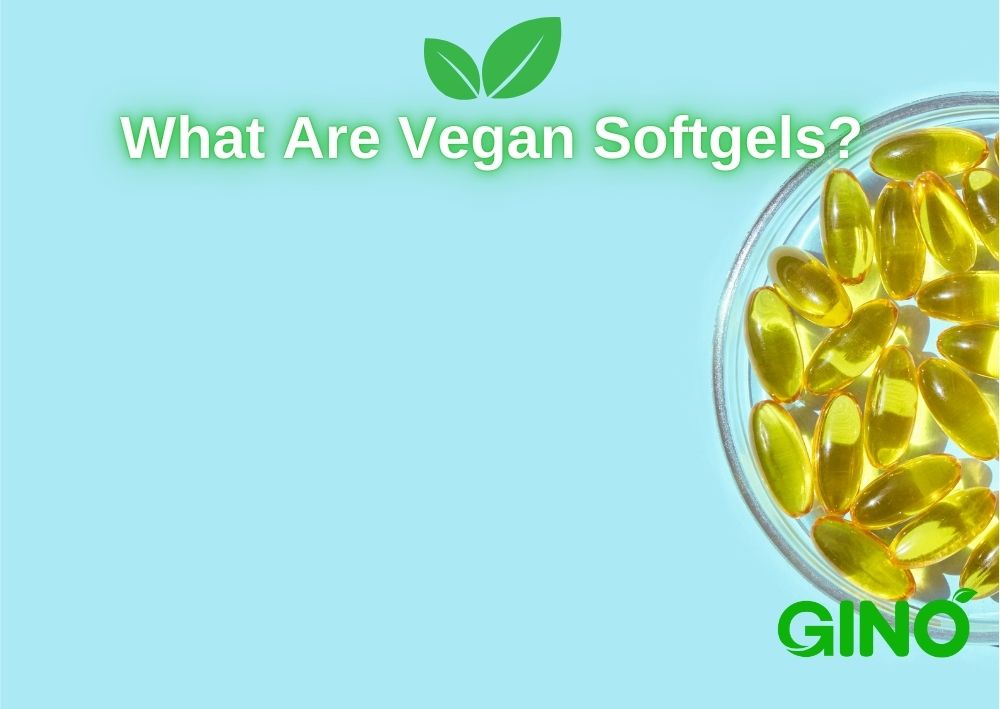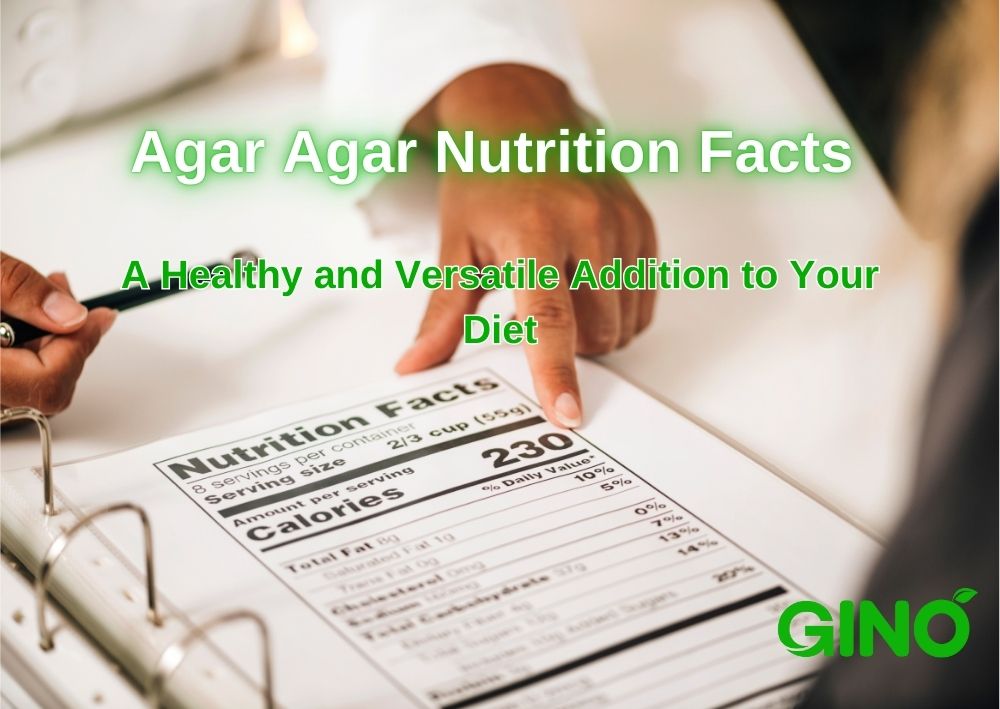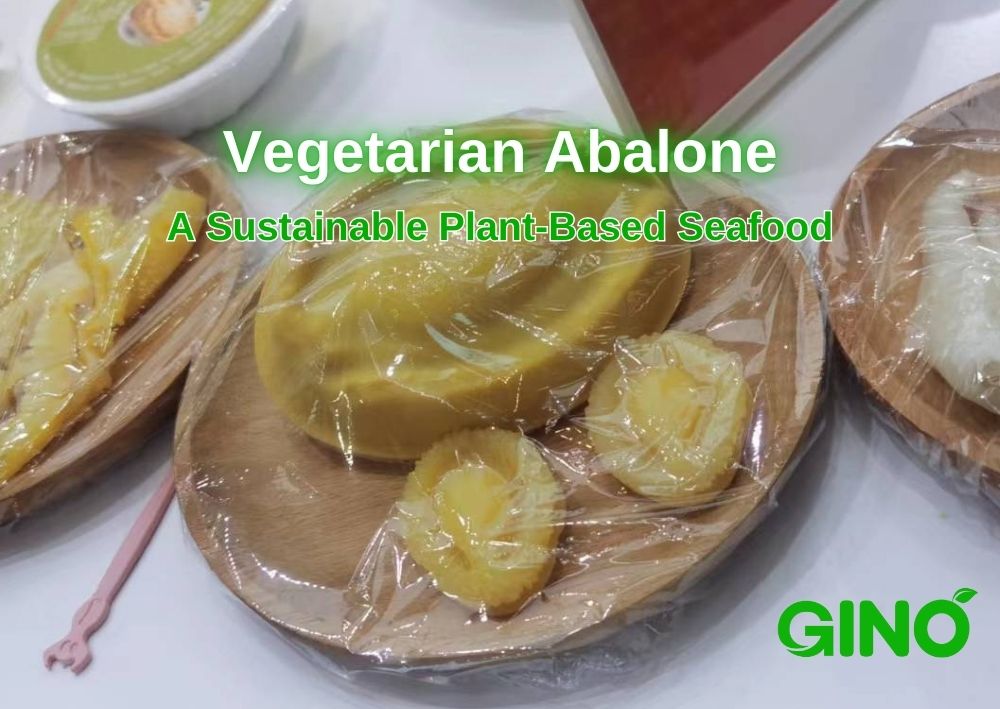What is Agarose? A Comprehensive Guide for Beginners
What is Agarose?
Facebook
트위터
LinkedIn
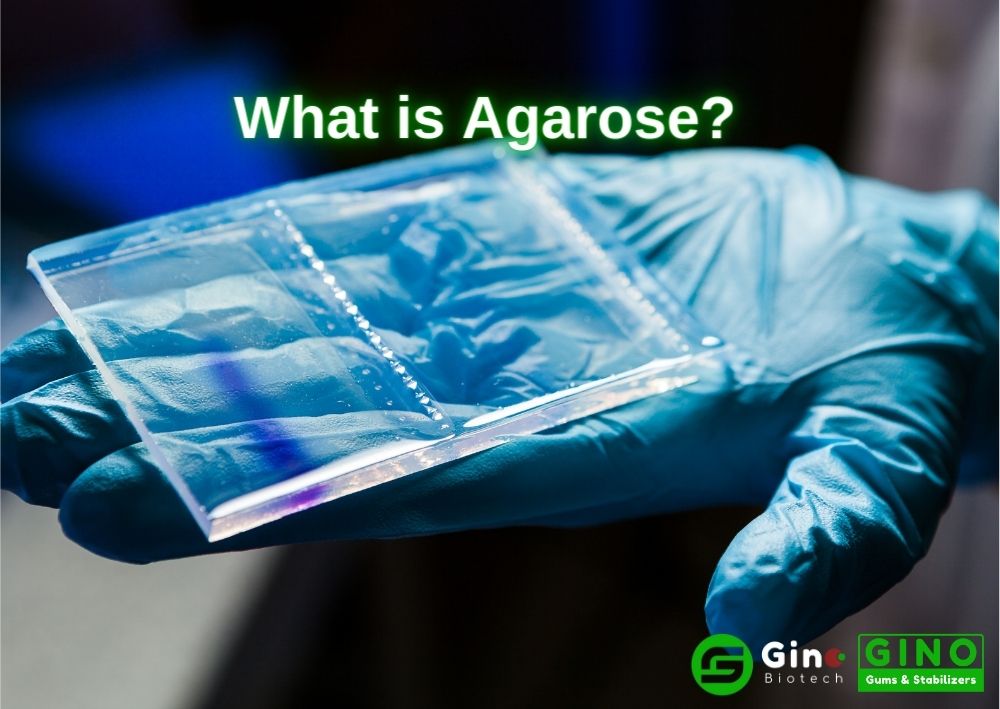
Agarose is a popular material in molecular biology laboratories that is commonly used to separate DNA fragments by gel electrophoresis.
It is a polysaccharide that is extracted from red seaweeds, specifically from the cell walls of species in the Gelidium, Gracilaria, and Pterocladia genera.
In this article, we will take an in-depth look at what agarose is, its properties, and its applications in various fields.
1. What is Agarose?
Agarose is a highly purified polysaccharide that is isolated from agar, a gel-like substance found in red seaweed.
It is a medium commonly used in molecular biology laboratories for various applications such as gel electrophoresis, DNA separation, and protein purification.
Agarose is a linear polymer of D-galactose and 3,6-anhydrous-L-galactose units that are linked together through glycosidic bonds.
2. Chemical Properties of Agarose
What is agarose's molecular weight? Agarose is a highly stable and biocompatible substance that has a molecular weight of approximately 120,000 Daltons.
It is insoluble in most organic solvents but can be dissolved in boiling water or buffer solutions.
Agarose gel strength is mainly determined by the concentration of agarose in the gel matrix.
Low-concentration gels (e.g. 0.5-1%) can separate large DNA fragments, while high-concentration gels (e.g. 2-3%) are used to separate small DNA fragments.

3. How is Agarose Prepared?
Agarose is typically prepared by extracting it from red seaweed using a series of chemical and physical methods.
This preparation process involves washing, grinding, and boiling the algae to extract the agar, followed by purification of the agar using filtration and precipitation techniques.
Agarose is obtained by hydrolysis of the purified agar, which is further purified by ion exchange chromatography.
4. Agarose Gel Electrophoresis
Agarose gel electrophoresis is a widely used method for separating DNA fragments based on their size.
The method involves loading DNA samples onto an agarose gel, followed by applying an electric field to the gel matrix.
The DNA fragments migrate through the gel matrix based on their size, with smaller fragments traveling further than larger fragments.
The isolated DNA fragments can then be visualized using various staining techniques, such as ethidium bromide or SYBR green.
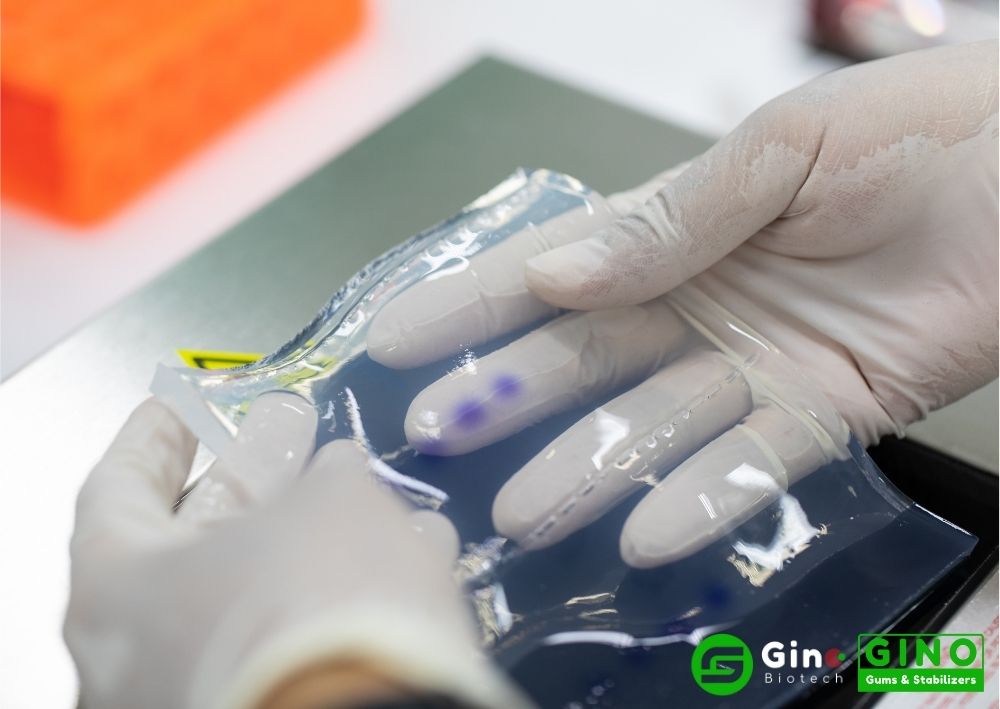
5. Agarose Uses in Molecular Biology
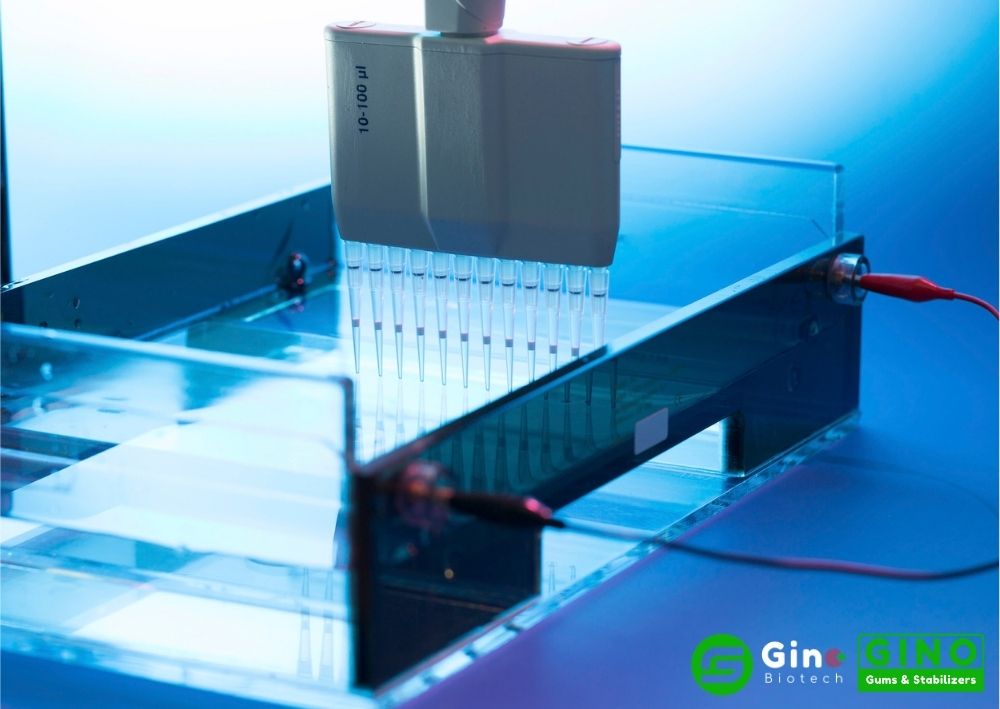
Agarose is widely used in molecular biology for various applications such as DNA isolation, PCR amplification, and protein purification.
It is a popular DNA gel electrophoresis medium for isolating DNA fragments for analysis or purification.
Agarose is also used as a matrix for protein purification, where proteins are separated based on their size and charge using techniques such as size exclusion chromatography or ion exchange chromatography.
6. Agarose Uses in Biotechnology
- Agarose is used in various biotechnology applications such as the production of agarose beads, which are used as solid support matrices for various biomolecules such as enzymes or antibodies.
- Agarose beads are also used in affinity chromatography, where biomolecules are separated based on their specific binding properties.
- Additionally, agarose can be used for protein purification using techniques such as size exclusion chromatography or ion exchange chromatography.
- Agarose is also commonly used as a medium for the electrophoresis of DNA and RNA, allowing for the separation and analysis of nucleic acid fragments.
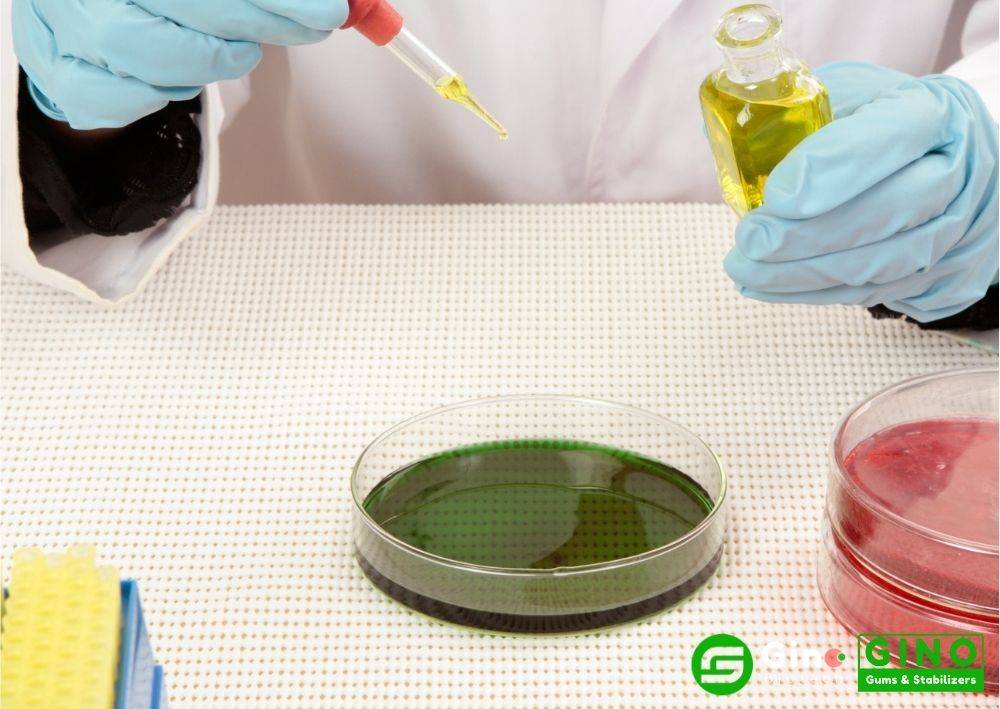
7. Agarose Applications in Medical Science
- Agarose is also used in medical science for various applications such as drug delivery systems and tissue engineering.
- Agarose hydrogels can be used as scaffolds for tissue engineering, providing a 3D matrix for cells to grow and differentiate.
- The hydrogel can also be used as a carrier for drug delivery, and the drug is released as the hydrogel degrades. The function is similar to that of a capsule.
8. Advantages and Disadvantages of Agarose
Agarose has several advantages over other separation materials such as polyacrylamide gels or cellulose acetate.
Low toxicity, easy handling, and can be easily prepared in the laboratory.
Agarose gels also have high resolving power, allowing for the separation of DNA fragments with high accuracy.
However, agarose does have some disadvantages such as its limited resolving power for small DNA fragments and its tendency to break under stress.
9. Agarose vs. Other Separation Materials
Agarose is just one of several materials used for separating DNA fragments.
Polyacrylamide gels and cellulose acetate are also commonly used materials, but each has its own advantages and disadvantages.
Polyacrylamide gels
Compared to agarose gels, polyacrylamide gels have higher resolving power and can be used to separate smaller DNA fragments, but have the disadvantage of being more difficult to prepare and handle.
Cellulose acetate gels
Cellulose acetate gels are also easy to prepare and handle but have lower resolving power than agarose gels.
결론
자주 묻는 질문

What is the difference between agar and agarose?
Agar is a gel-like substance found in red seaweed and contains a mixture of agarose and agarpectin.
Agarose is a highly purified form of agar that is used in molecular biology and biotechnology.
What are the types of agarose?
Agarose comes in different grades, depending on its purity and properties.
Low melting point, low electroendophoresis, regular strength, high strength, etc.
What is low-melting-point agarose?
Low-melting-point agarose is a type of agarose that melts at a lower temperature than standard agarose, making it ideal for applications where the gel needs to be melted after use, such as in DNA extraction.
What is low EEO agarose?
Low EEO agarose has a very low EEO value and is recommended for analytical and preparative gels with very good resolution for nucleic acid fragments larger than 1000 bp in size (even smaller than 1000 bp at higher concentrations).
What is the packaging of your agarose?
- 10 kg carton box
- 100 g/bottle, then 5kg carton box
- 25 kg drum
What are the benefits of agarose?
Agarose has several benefits that make it an ideal choice for biological applications. Its biocompatibility, non-toxicity, and non-immunogenic properties make it safe for use in cell culture and other biological applications. Its ability to form gels that can be adjusted for pore size makes it an excellent medium for separating biomolecules based on size. Agarose is also easy to use, making it a popular choice in research laboratories.
Can agarose be used for protein purification?
Yes, agarose can be used as a matrix for protein purification using techniques such as size exclusion chromatography or ion exchange chromatography.
Related Articles
최근 게시물
채식 소프트젤이란 무엇인가요? 식물성 캡슐에 대한 초보자 가이드
2025-03-08
한천 영양 성분: 식단에 건강하고 다양하게 추가할 수 있는 한천
2025-01-18
식음료 트렌드 2025 | 입맛의 미래
2025-01-11
비건 젤리 만드는 방법: 모두를 위한 즐거운 레시피
2025-01-05
지노 바이오테크 소개

당사는 혁신적이고 기술적인 식품 첨가물 하이드로콜로이드의 연구, 개발 및 상용화를 전문으로 하는 생명공학 기업입니다. 한천 한천, 카라기난, 그리고 맞춤형 안정화 솔루션.
하이드로콜로이드의 연구, 적용 및 사용에 대한 광범위한 노하우와 경험을 바탕으로 원스톱 서비스를 제공할 수 있습니다. 맞춤형 솔루션 고객의 요구사항에 완벽하게 부합합니다.
우리의 제품 육류, 유제품, 베이커리, 제과 및 기타 산업 부문의 요구 사항을 충족합니다.


